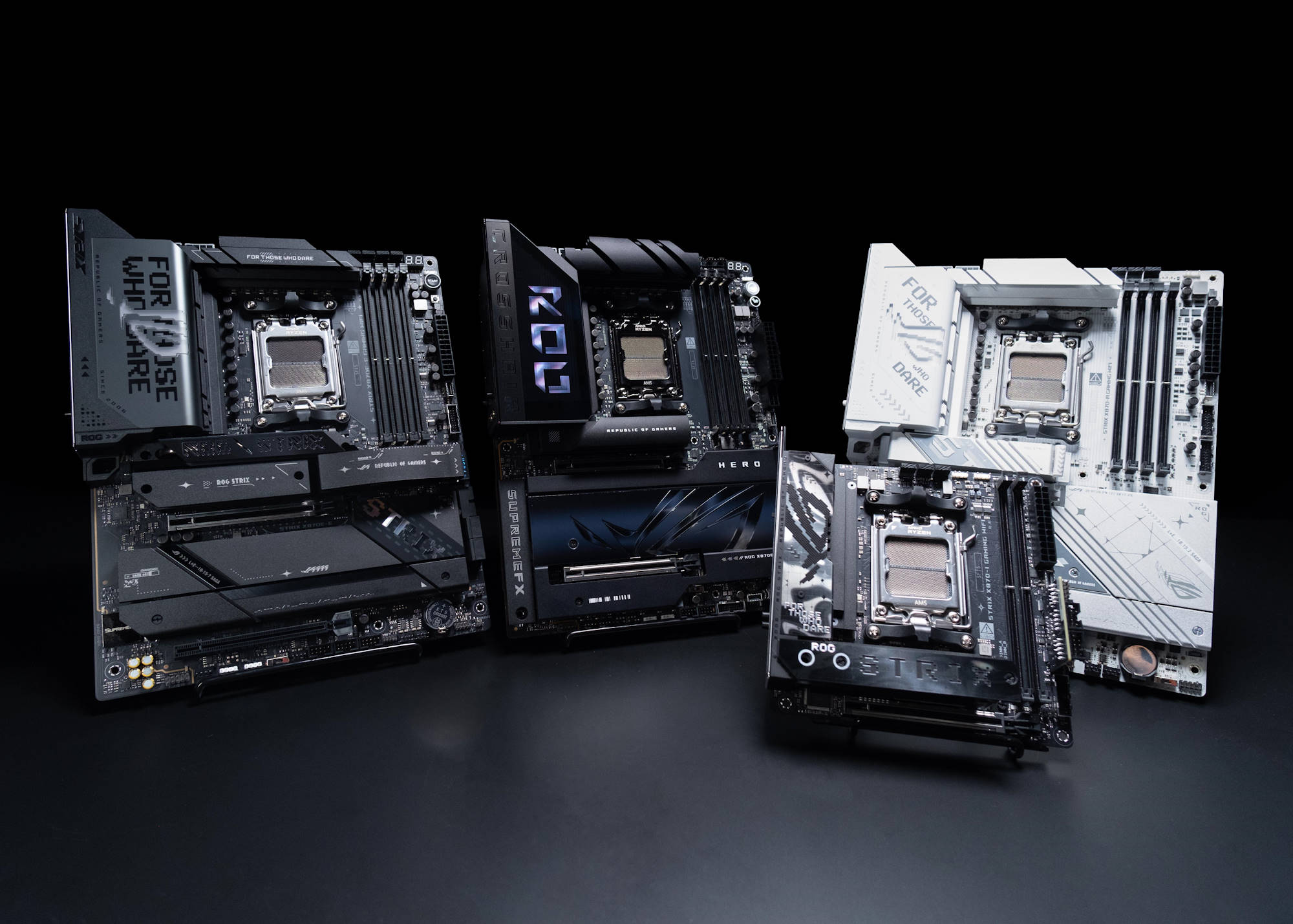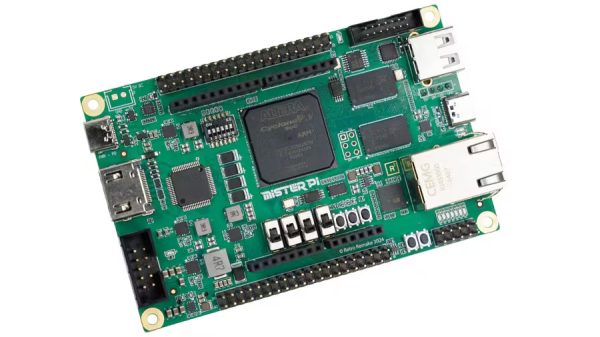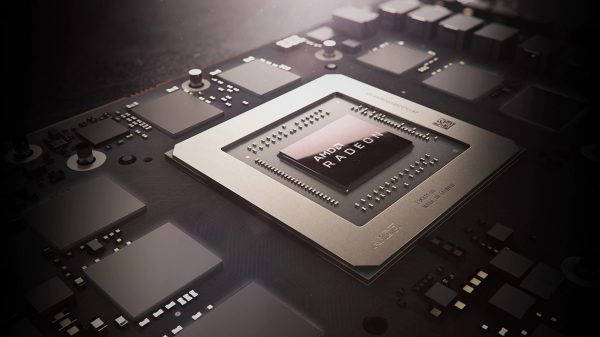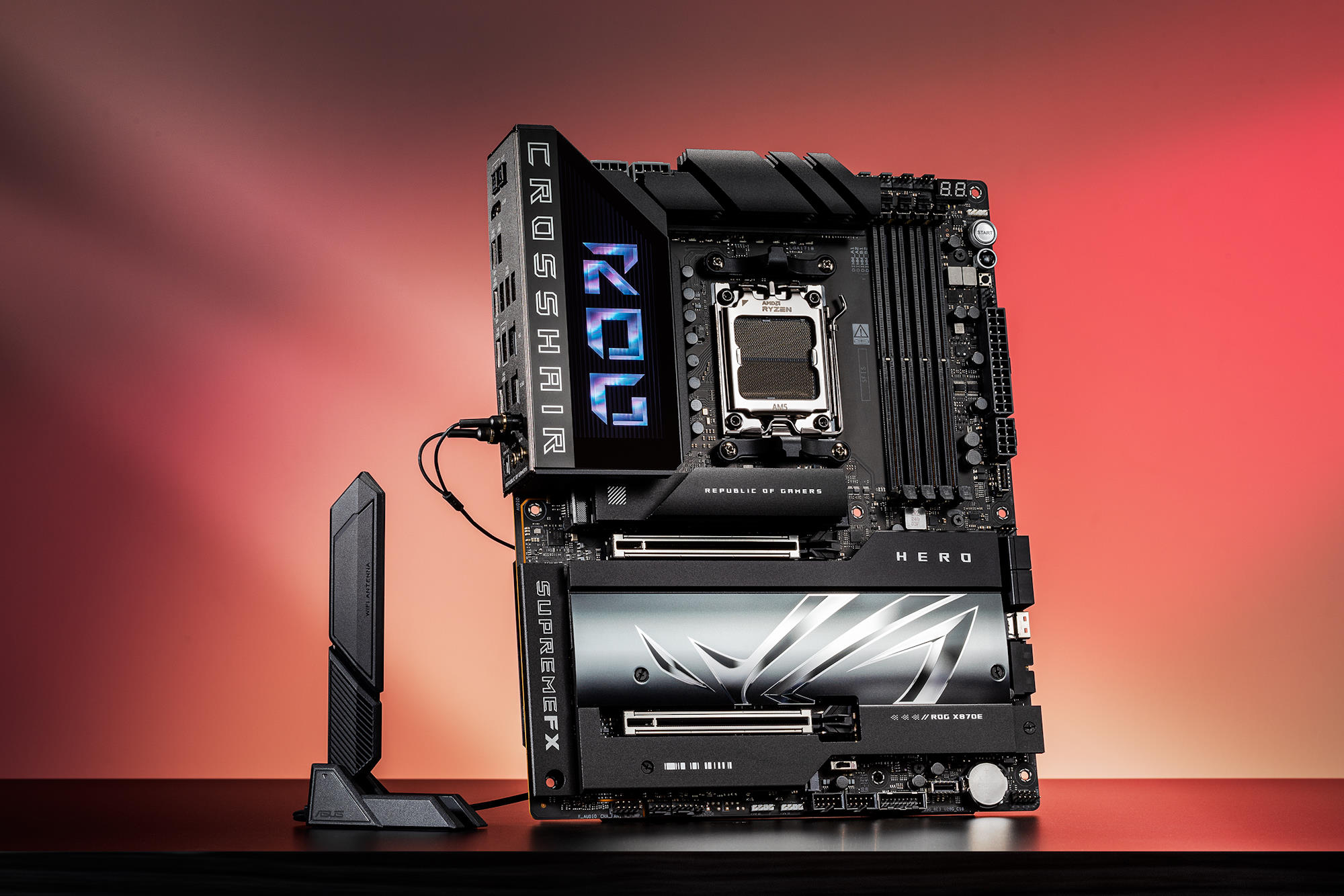Asus has introduced a new retention mechanism for graphics cards on their ROG Crosshair X870E HERO motherboard, showcased at Gamescom in Germany. This innovative mechanism simplifies the process of removing and replacing a graphics card by eliminating the need for the traditional awkwardly placed lever or switch.
This enhancement is particularly beneficial for users who find it challenging to navigate the cramped interior of a PC case, which is often filled with various cables and components.
The new mechanism, known as the PCIe Q-Release Slim, offers significant convenience by securely locking the graphics card in place with a simple push. Unlike traditional mechanisms that can be fragile and difficult to maneuver, this system ensures that the card stays locked in unless it is intentionally released.
The design allows the card to remain secure even when the motherboard is aligned vertically, providing a more user-friendly experience during installation and removal.

Asus Introduces PCIe Q-Release Slim for Easier Graphics Card Management on ROG Crosshair X870E HERO
This development is especially valuable for those who frequently handle the interior components of a PC, such as IT personnel and reviewers who need to swap out parts regularly.
The new mechanism not only reduces the stress associated with handling bulky graphics cards but also streamlines the process, making it more efficient and less prone to error. This improvement is poised to make a significant impact on the ease of building and upgrading PCs.
Additionally, the video demonstration of the Asus motherboard also highlights improvements to the M.2 slots. These slots now feature sliders that allow for the easy removal of heatsinks and storage cards without the need for retention screws. This is another example of how Asus is focusing on user convenience, aiming to simplify the often tedious process of managing internal components in a PC.
Asus’s new retention mechanism and M.2 slot improvements represent meaningful advancements in PC building. These innovations are not only helpful for professionals who frequently work with computer hardware but are also likely to be appreciated by everyday users. By making these features mainstream, Asus is addressing common pain points in PC assembly and maintenance, setting a new standard for motherboard design.









































